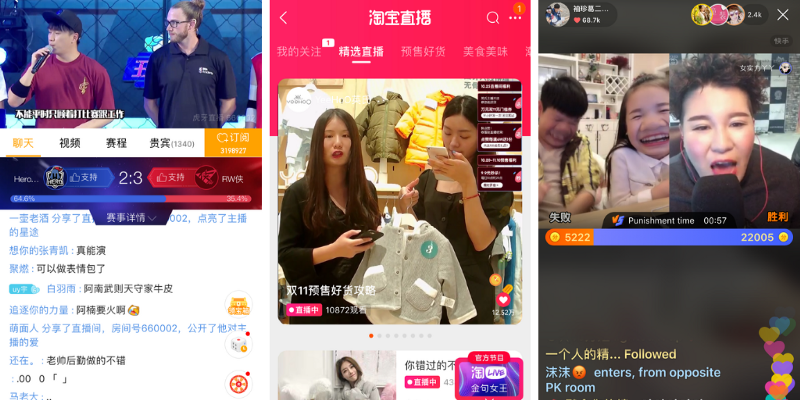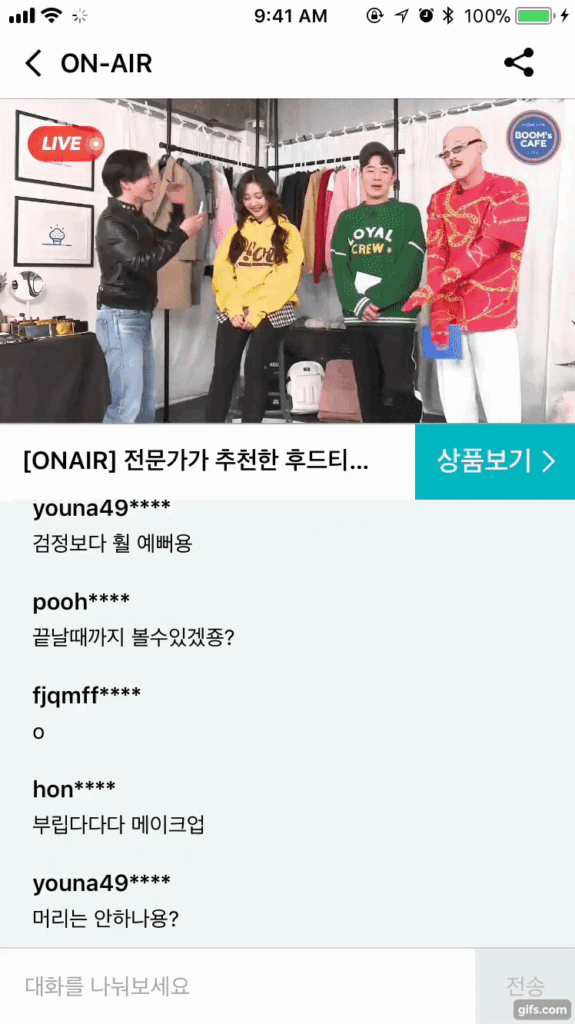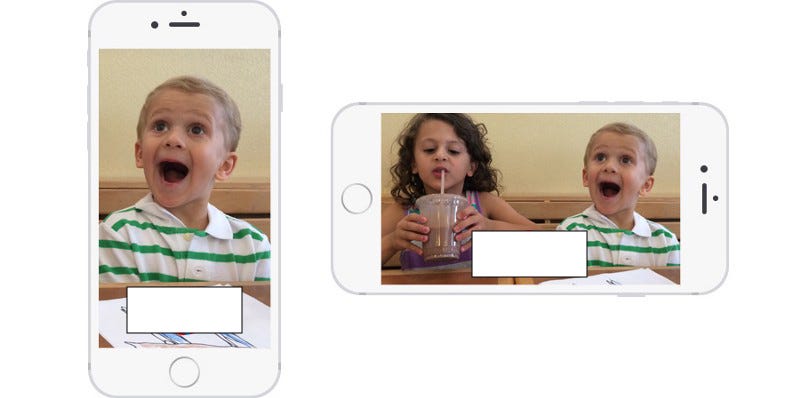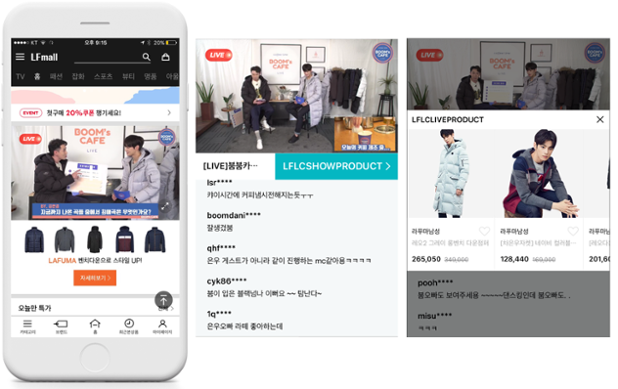How we consume video online has evolved so fast that it’s made my head spin.
Online videos featuring products and brands help consumers make purchasing decisions online. Modern-day consumers have grown to rely on video in their online shopping.
Video affects 64% of purchases made online.
In 2014, consumers who viewed videos were up to 3.3 times more likely to make online purchases. This is especially true for consumers who shopped from online-only retailers.
The demand for video product reviews, tutorials, how-to’s, unboxing, and comparison videos was exceptionally high during the 2014 winter holiday when most gift purchases occurred.
52% of consumers stated that watching product videos made them more confident shopping online.
Here are some interesting facts that need attention:
- Mobile video consumption is almost doubling with every passing year
- By 2020, video traffic will represent around 80–90% of the global consumer internet traffic
- videos will contribute 80% of all web traffic
What does this indicate?
Video commerce is the next big thing in marketing. But How Videos on Product Pages Can Increase the Conversion Rate of E-commerce Websites differs from what I will discuss, but how to implement it best in your existing products and the real-time problems faced.
Heuristic Evaluations
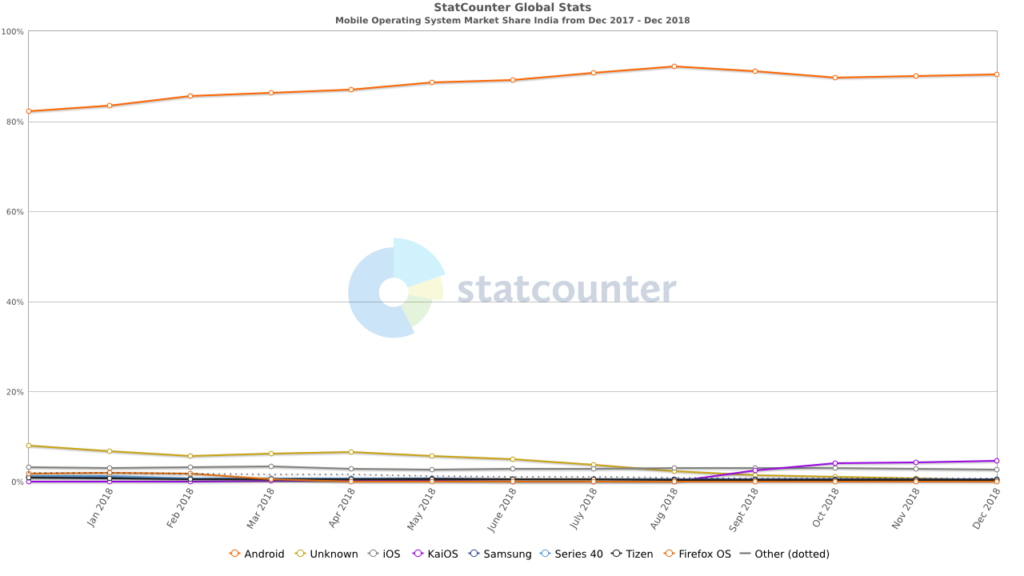
Android’s dominance in the Indian smartphone industry is echoed globally. The operating system held over 80 per cent of the smartphone market as of the fourth quarter of 2016. There will be an estimated 107.7 million Android users in the U.S. alone in 2016, compared to 87.7 million in 2014.
Android version market share distribution among smartphone owners as of September 2018
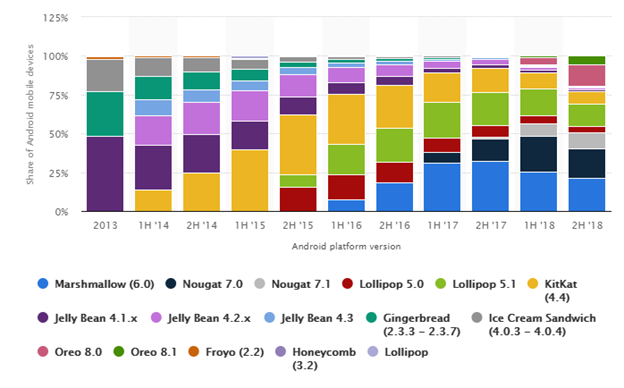
Contextual Research
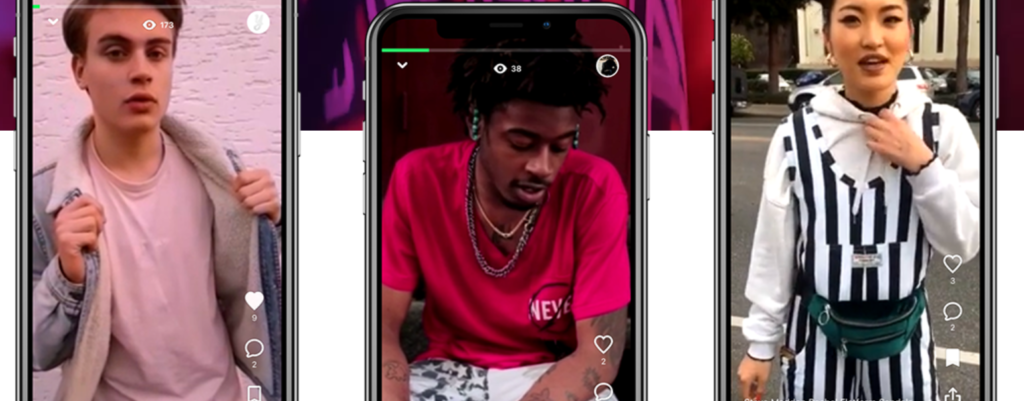
Yeay is a young marketplace that facilitates buying, selling and discovering new products from around the globe through its video feeds. It brings in an excellent concept of creating full-screen vertical videos that are fun and creative. Users can swipe up the video to shop for the product showcased in the video.
E-commerce companies like Taobao and JD.com have been experimenting with video to engage and attract buyers to their platforms. Both companies have included live-streaming functions in their apps, allowing merchants to show potential buyers their wares and even offer discounts while interacting with viewers in real-time. Both have also launched short video functions within the e-commerce platforms.
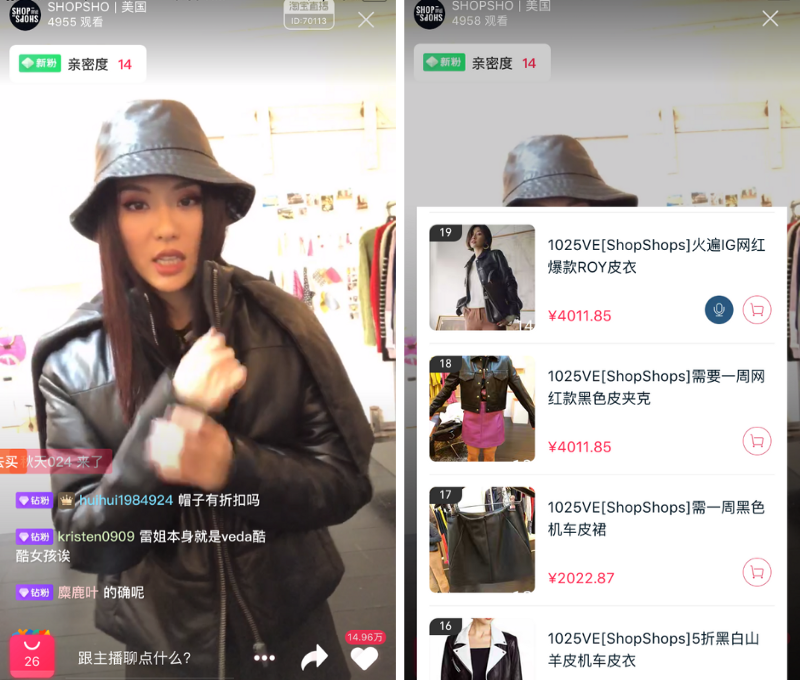
In terms of the user interface, Lu Ke resembles Tik Tok. One slight difference is that Lu Ke focuses more on providing users with a question-and-answer platform and an e-commerce shopping guide. Video length parameters and tools for interacting with other users are similar to the market leader. Questions can be added to videos with the option to invite others to give responses. Users can also choose questions that they would like to answer.
Global brands are jumping on the trend. A study by consumer research group L2 showed that two-thirds of beauty brands in China had held live-streaming events on Tmall. While the fashion and beauty industries are leading the charge, live streaming is an opportunity for any industry. From luxury cars to French infant milk powder, brands are experiencing significant results, and it has become a regular part of their marketing mix.
E-commerce live streaming is one of the most critical potential growth areas for the live streaming industry in China. Several entertainment live-streaming apps, including Momo, Yizhibo, and Kuaishou, have incorporated e-commerce functionalities.

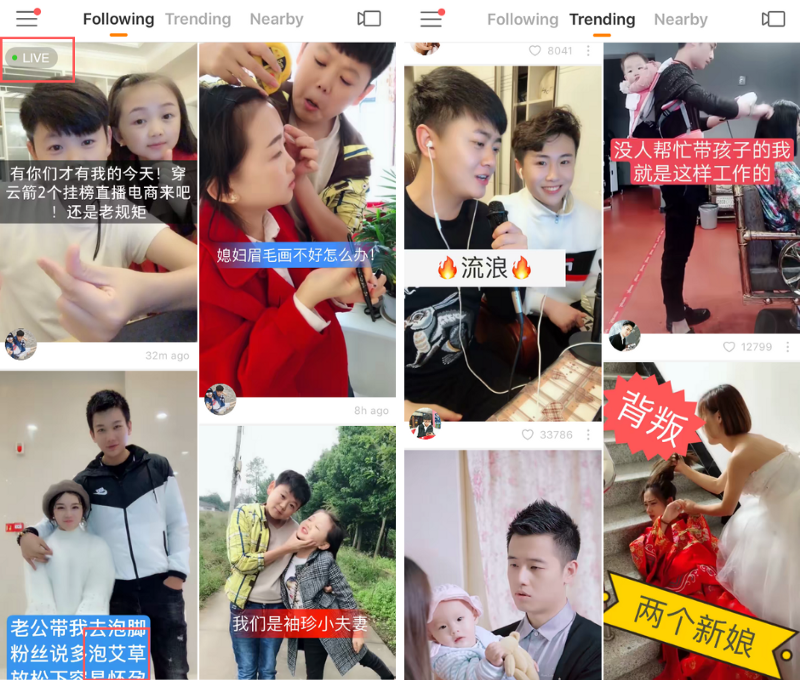
Womanstalk, “Korea’s first video commerce platform,” also comes aboard as the CSP (Commerce Service Provider). On Womanstalk, Suppliers are provided with video content produced by influencers — and in turn, suppliers list their products at the lowest price.
In 2017, Kuaishou was China’s most famous short video streaming app, with over 20 per cent market share, according to a December report by Chinese data provider Jiguang. According to a report released in January 2018, Kuaishou had 700 million registered users and over 100 million DAU.
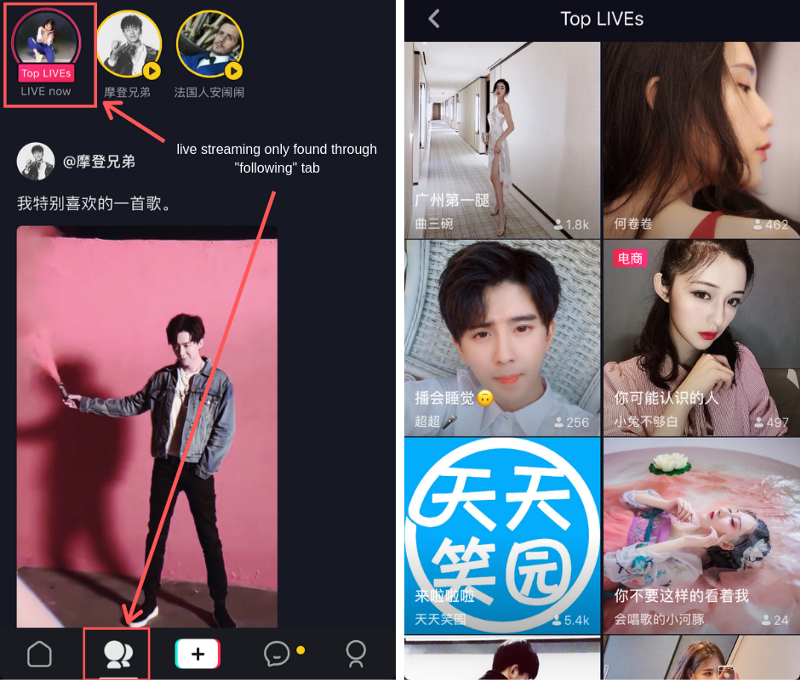
Douyin has been one of the hottest short-video apps in China this year. It is a trendy short video platform owned by Bytedance. The international version of Douyin is called Tik Tok.
While Douyin has live-streaming features, it has yet to expand them as much as it initially said it might, so while some call it a live-streaming platform, I would categorise it as a short video platform.
Personas
Millennials are comfortable using videos in online shopping.
- 4 in 5 millennial shoppers find online product videos helpful when researching future purchases. — Animoto
- 67% of millennials are confident they can find a video on YouTube about anything, including product video reviews. — Think With Google
- Millennials are 146% more likely to watch videos on a retailer’s website during online shopping than older consumers. — Animoto
- Gen Y shoppers are 264% more likely to share product videos while doing online shopping. — Animoto
- Three-quarters of millennials rely on online video when comparison shopping. — Animoto
- 69% of millennial shoppers turn to online video content to research complementary products to add to their purchases. — Animoto
Shoppers watch product videos on the go.
- 50% of global YoutTube viewership comes from mobile devices. — Think With Google
- By 2019, 72% of mobile traffic will be online video content. — Cisco
- Mobile video viewers are 1.2 times more likely to think highly of companies offering product videos on their pages. — Think With Google
- Millennials who use mobile devices to watch online videos are 2.3 times more likely to go to YouTube first for the content. — Adwords Agency
- 34% of all video plays in the last quarter of 2014 were on tablets and smartphones.- Ooyala
- Tablet users are likelier to watch online videos longer than 10 minutes. On the other hand, 54% of mobile users use video content less than 10 minutes long. — Ooyala
It was published initially on Goodvidio Blog.
In India, Women online shoppers aged 19 to 26 are among the most active shoppers, comprising 52% of the total population of online women shoppers.
We’ll explain why there’s been an uptick of female online shoppers in India below. Forty percent of India’s 100 million female smartphone owners purchase on e-commerce sites and apps. Seventy percent of all internet purchases are made using a mobile device. Yet, 30% of online shoppers use a tablet or laptop. It’s important to remember that Tier-1 cities perform at 53%, whereas Tier-2 and Tier-3 markets only manage 47%.
The average attention span of a human being is currently eight seconds, down from twelve in the year 2000. As a result of the shift, novel approaches to delivering material have emerged. This innovation has led to the developing of new media formats like Facebook Live and 360-degree video. We expect to see a rise in the use of this format in 2018 from consumers and organisations looking to provide timely and relevant insights.

According to Luke W, mobile phones are used in portrait orientation 94% of the time; This means all content (including video) should be adapted for this orientation.
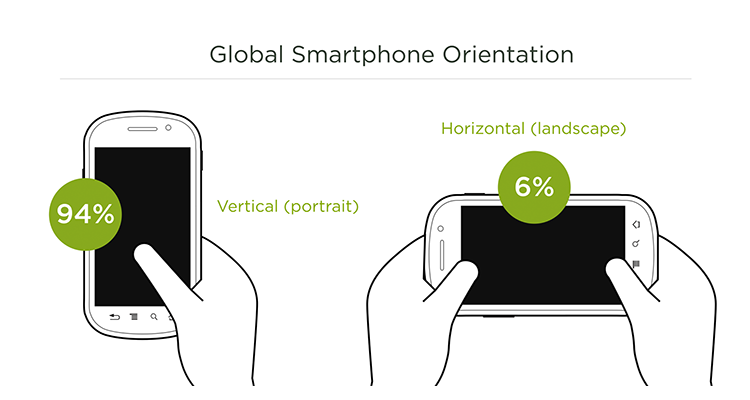
Scenarios
Technology ignores everything we know about how great conversation works. The idea, in theory, is that it makes it possible to focus on the person speaking. But it also rewards the loudest person in the room.
This reward-the-loudmouth design ignores everything we know about how truly great conversation works. Rich conversation thrives on what’s known as “turn-taking,” with the group fluidly moving its attention from speaker to speaker. In FaceTime and Hangouts, the people in the group don’t have any control over where they put their focus. That’s determined automatically by the software.
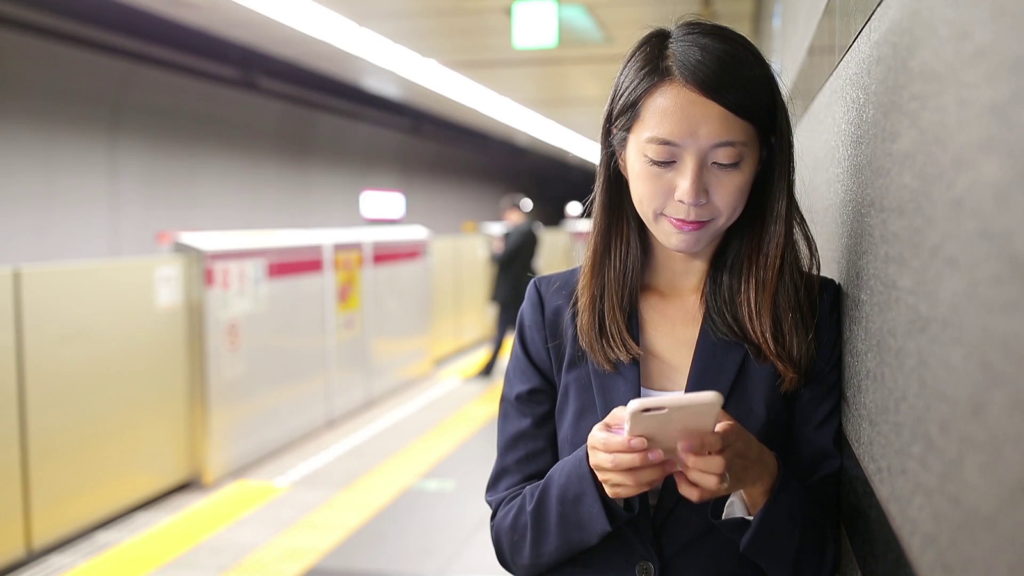
Many individuals watch videos while on public transportation, which can cause several issues. Users who are deaf or hard of hearing can have their viewing experience enhanced in several ways (HOH). Further investigation indicated that discrimination is not limited to a particular set of characteristics; for example, the audio-heavy experience was inaccessible to deaf users (ability-based exclusion).
A user study showed an overlap between pain points and user requirements caused by situational and ability-based limitations. This meant those watching videos in noisy places like airports, or cafes may benefit from solutions initially developed for the hard-of-hearing community.

To enable users who are deaf or HOH and people at loud airports/cafes to access video content, a full transcript allows for quick skimming and closes captioning provides real-time translation of the audio content — this offers different ways for users to engage with the same content. The subtitles can be made to appear/disappear.
However, let us remember my grandma, who is fantastic with her ears but not with her eyes. What about her? How about some useful UI?
First, you must consider what should produce sound in your app and why? The most important thing here is to do just what is necessary. You do not want your app to sound like a slot-machine club during busy hours.
Whenever you add sounds to an event, asking yourself, “Do I need a sound here?” would be a good idea. It is essential to understand the function of each sound component and remove whatever you do not need. Only the sounds that provide helpful information or improve the user’s experience should stay. This is further discussed in The Role of Sounds in UX.
Chatbots As Assistants Integrated with Video commerce.
We won’t see chatbots as a complete replacement for regular GUI experiences, but they will be integrated into messaging platforms (such as Facebook Messages) to serve as assistants. Businesses will have real-time automated conversations with their customers.
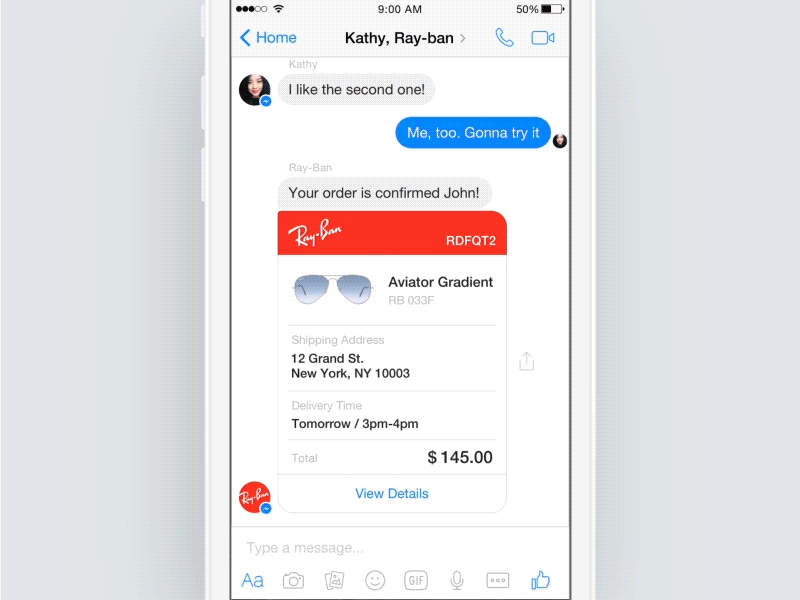
Putting it All Together
Many on the Internet hate vertical video. To self-righteous denizens of Reddit and YouTube, people who shoot mobile videos in portrait mode — think skinny and tall video rather than the widescreen format normalised by movies and television — are uncouth amateurs.
Thanks to apps like Meerkat, Twitter-owned Periscope and Snapchat, the media industry is beginning to take vertical video seriously. Snapchat told the Daily Mail, a Snapchat Discover content partner, that vertical video ad have up to nine times more completed views than horizontal video ads, according to Daily Mail North America CEO Jon Steinberg. That’s because vertical video delivers better results than standard video in environments where people hold their devices upright.
However, Digiday predicts that the tide may be turning in favour of vertical video. One reason cited in the article, and that I’ve experienced IRL is that shooting vertically is more ergonomic and simpler to do with one hand. As devices get more extensive, holding the phone with one hand becomes increasingly unwieldy and more likely to be passed over.
But when you consider that consumers hold their phones vertically 94% of the time, the whole vertical thing starts to sound slightly less crazy…
If It’s time to take vertical video seriously and Why Vertical Video is the Future needs a different article to discuss, I will present here both options.
So far, all video products have trained us to aim for function consistency when we rotate the device. As screen size has increased, this flaw in thinking has been exacerbated.
This small button move would allow users to hold the phone comfortably with one hand while pressing the record. Take it a step further and give them the ability to indicate which hand they’d like to use
Although I am stuck between the reality of text versus content, I will always like a balance of both; half screen video, half-screen text…
Something like this on the right side of the image:
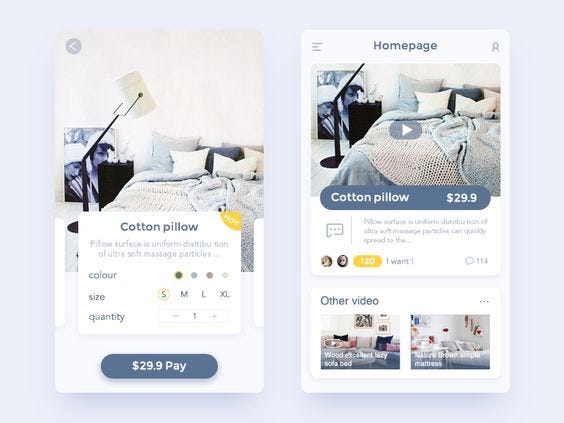
Although I like how Facebook balances the videos and content with its existing UI and generates revenue, the users are curiosity-driven, which works for both vertical/horizontal videos.
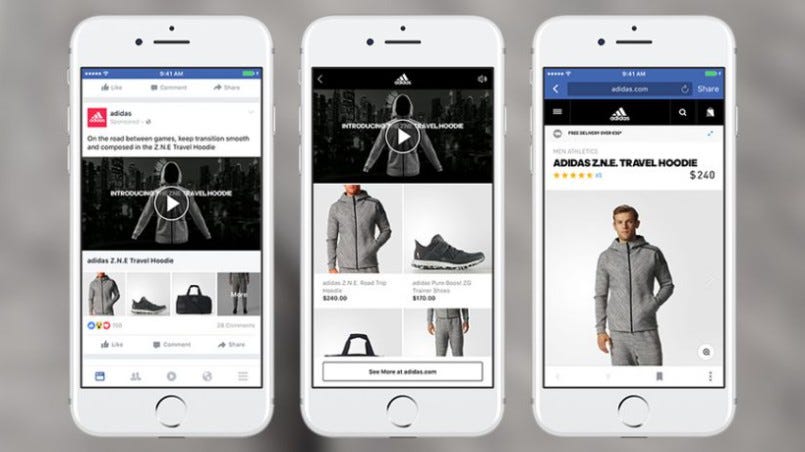
Or a balance where the user decides when to watch a video and when not? Users should easily access information, see product tests that would be hard to try at home, and ask for requests the provider could try on the spot. This amount of information sharing and gathering could provide a massive boost in converting viewers to customers.
A 100% video commerce app is not a feasible option now. However, India does have some internet issues. With key players like Vodafone, Airtel, Jio etc., giving almost free Internet (or fixed daily quota), most of the Tier 2 population still has an average internet speed, and the videos do buffer here. India is ranked 67th for fixed broadband and 109th for mobile internet speeds in February, according to internet speed testing analysis firm Ookla. Read more.
I hope you found this interesting. Do share your thoughts. Here’s a little clip from the video-selling platform Kernl.
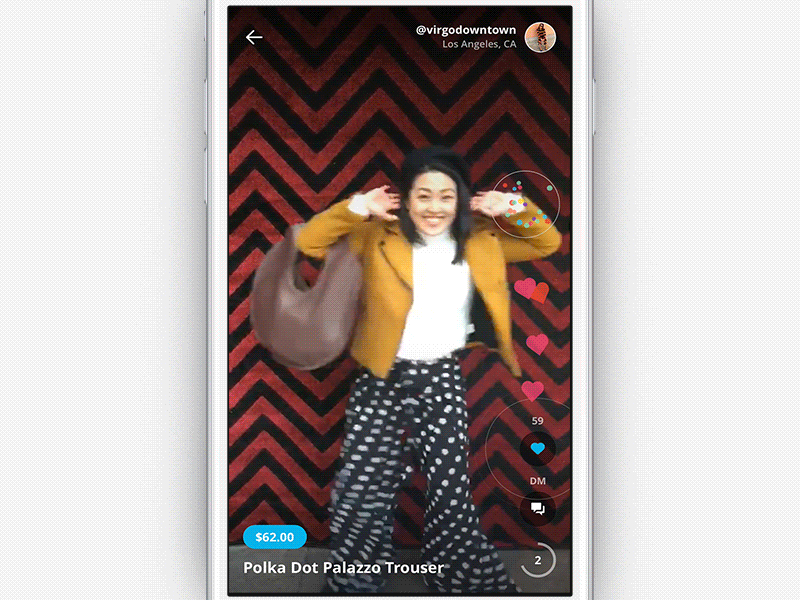
I am text block. Click edit button to change this text. Lorem ipsum dolor sit amet, consectetur adipiscing elit. Ut elit tellus, luctus nec ullamcorper mattis, pulvinar dapibus leo.
